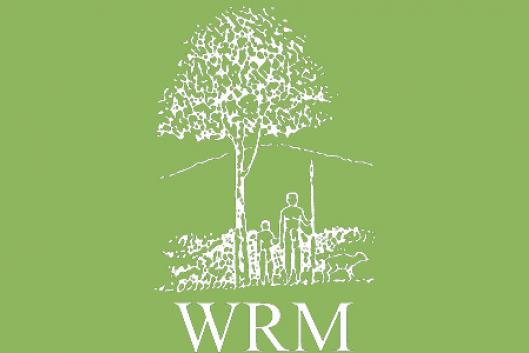The Tana River Delta is one of the most important wetlands in Africa and among the largest and most important freshwater wetland systems of Kenya. It covers an area of 130,000 ha where a mix of savannah, mangrove swamps, forest and beaches provides good grass throughout the dry season. Local Orma and Wardei pastoralists have used the delta for centuries.
The website of the Tana River Delta campaign describes that “there are also large area of rice paddies and other agricultural activities being carried out along the edges of the Delta. Crops grown in the Delta include rice, maize, mango, cassava, bananas, melons, beans, peas and many other vegetables. Most farmers belong to the Pokomo ethnic group. Fishermen include the Bajuni people and migrants from other parts of Kenya.
The Tana River Delta is a lifeline to some 30,000 farmers, pastoralists and fishermen as well as minority hunter and gatherer communities collectively called the Wasanya.”(1)
This invaluable ecosystem that sustains a high biodiversity and the livelihood of tens of thousands of people may well be disrupted out of blind short-term profits. The push for agrofuels is behind the project of large-scale planting of sugar cane in order to produce large amounts of ethanol for export to the European market.
Mumias Sugar Company (MSC) Ltd. and Tana and Athi River Development Authority (TARDA), in a planned private joint venture, are proposing to turn 20,000 hectares of the mostly pristine Tana River Delta over to sugarcane. On 11th June 2008 Kenya’s National Environment Management Authority (NEMA) approved the project.
A short sight approach has overestimated the potential profit and ignored Tana delta's ecological benefits, including flood prevention, the storage of greenhouse gases and food provision that "defied valuation", concluded a report commissioned by the Royal Society for the Protection of Birds. The report warned of grave environmental consequences if the project went ahead. (2)
Tana River villagers and fishermen as well as pastoralists who bring 60,000 cattle from as far afield as the Somali and Ethiopian border regions to graze in the delta during the dry season are angry because their concerns about the loss of livelihoods have not been addressed. They have disrupted public hearings on the project.
"Since time immemorial, thousands of livestock farmers in Tana River have been relying on the delta for the provision of pasture and water for their animals. During severe drought, livestock farmers from as far as Garissa and Ijara in North Eastern Province stream here for pasture and water," Orma elder, Mr Hussein Guracho said. "When Tarda and Mumias Sugar bring in the sugar project, millions of animals will be wiped out by drought since Tana River is semi-arid, denying over 100,000 pastoralists a living," he explained.
Anger grows out of outrage: “Tarda will establish the factory over our dead bodies” warned the protestors. (3)
Cases like this of the Tana River Delta illustrate the destructive side of agrofuels with their toll of poverty and displacement when occupying large tracts of land that are people’s livelihood base.
(1) “About the Tana River Delta”, http://www.tanariverdelta.org/tana/about.html
(2) “Wildlife and livelihoods at risk in Kenyan wetlands biofuel project”, Xan Rice, The Guardian, http://www.guardian.co.uk/environment/2008/jun/24/biofuels.wildlife
(3) The East African Standard (Nairobi), http://www.sucre-ethique.org/Kenya-Tana-Residents-Protest.html
